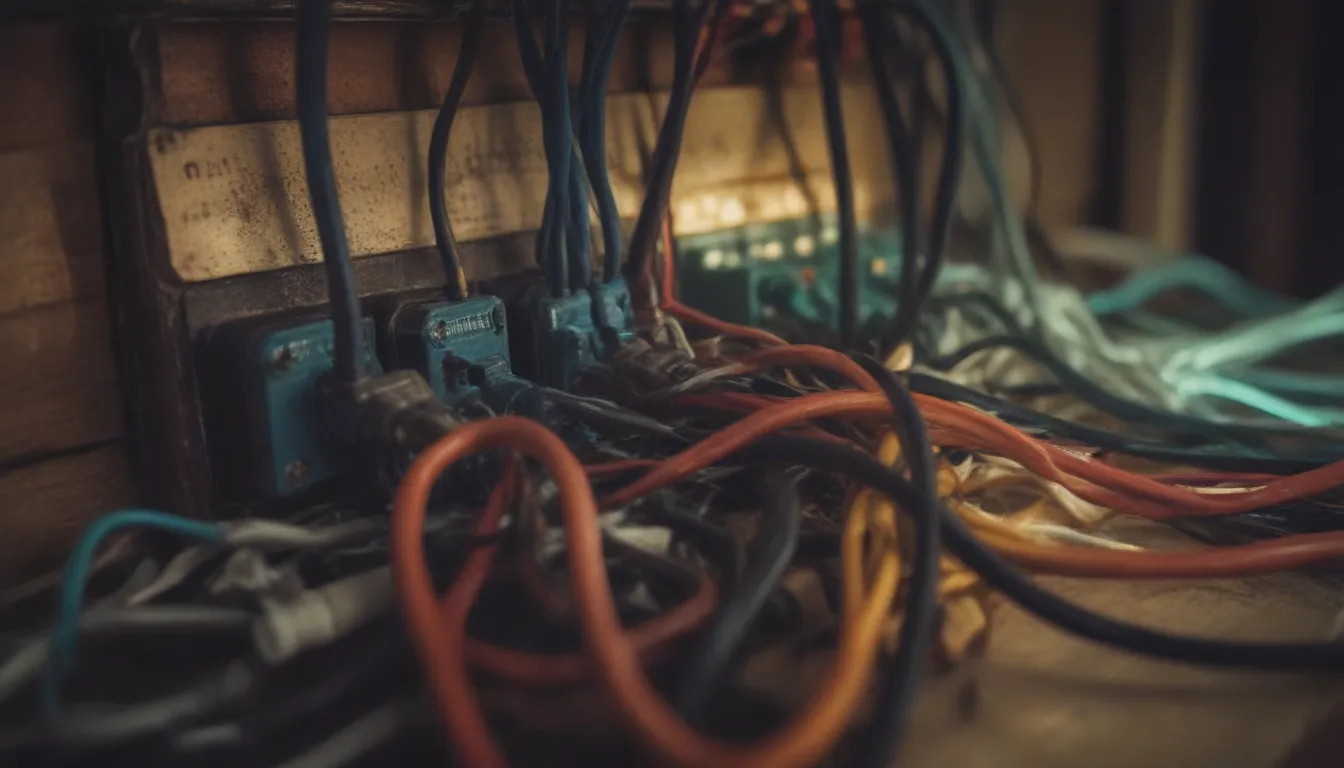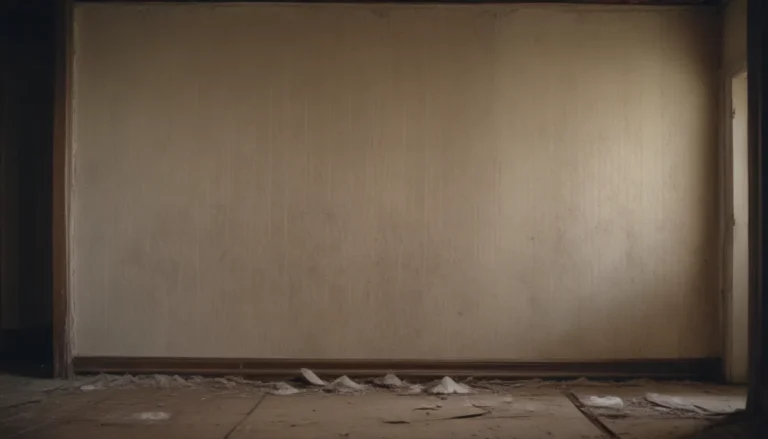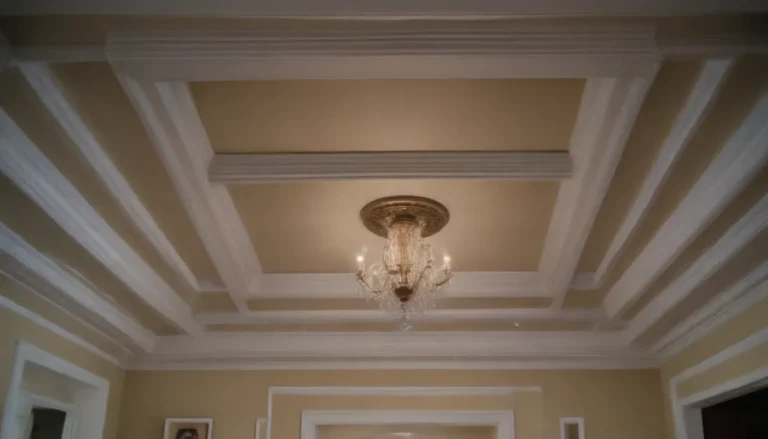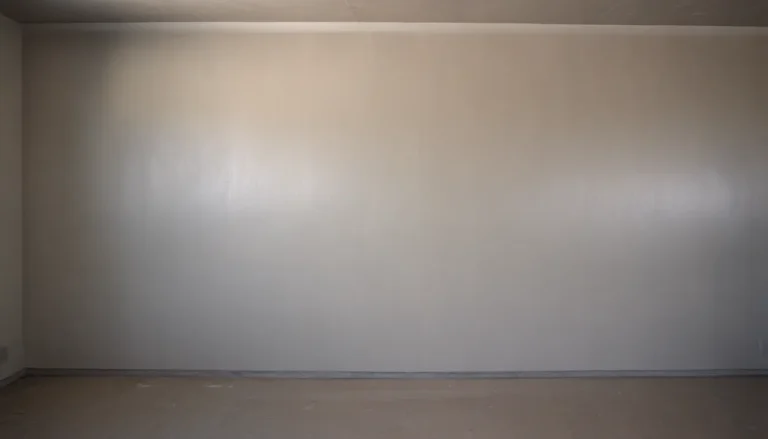The Dangers of Exposed Electrical Wiring and How to Prevent Them

When it comes to home wiring, one critical aspect that electrical inspectors pay close attention to is the improper use of non-metallic cable (NM) in exposed locations. Exposed wiring poses serious risks and can lead to fire hazards, electrical shocks, and other safety issues. In this article, we will delve into the reasons why exposed wire should be avoided, the proper uses of NM electrical cable, and practical solutions for wiring in exposed locations.
Why Exposed Wire Should be Avoided
The National Electrical Code sets specific regulations for installing electrical wires to protect them from damage and prevent potential hazards. Exposed wires are at risk of damage from various sources, including physical contact, moisture, and environmental factors. Here are some dangers associated with exposed wiring:
- Fire Hazard: Exposed wires can ignite nearby materials if they come into contact or if the insulation is damaged.
- Electrical Shock: Direct contact with exposed wires can result in electrical shocks, which can be fatal.
- Trips and Surges: Exposed wires can pose a tripping hazard and may cause electrical surges that damage appliances and electronics.
Proper Uses of NM Electrical Cable
Non-metallic (NM) cable, commonly known as Romex, is the most widely used type of electrical wire in residential settings. It consists of individual conducting wires bundled together and encased in a durable plastic vinyl sheath. While NM cable provides some protection against physical damage, it is not suitable for exposed applications. Typical uses of NM cable include:
- Running through concealed wall cavities and attics.
- Connecting outlets, switches, and light fixtures.
- Installing in finished walls and ceilings.
Improper Uses of NM Wire in Exposed Locations
The National Electrical Code prohibits the use of NM cable in exposed locations where physical damage is likely. This includes situations where the cable is attached across the front face of studs, ceiling joists, or concrete walls. To mitigate the risks of exposed wiring, it is essential to follow approved wiring practices and avoid common mistakes.
Wiring Solutions for Exposed Locations
One approved method for running wiring across exposed surfaces is to use rigid conduit as a protective barrier. By mounting an approved conduit across framing members or walls, individual THHN conductor wires can be safely installed inside the conduit. This provides effective protection against physical damage and ensures compliance with electrical codes.
Types of Electrical Conduit
Several types of electrical conduit can be used to protect wiring in exposed locations, including:
- Electrical Metallic Tubing (EMT): Lightweight and easy to install.
- Flexible Metal Conduit (FMC): Flexible and ideal for tight spaces.
- Intermediate Metal Conduit (IMC): Sturdier than EMT with enhanced corrosion resistance.
- Plastic Conduit (PVC): Suitable for underground installations.
- Rigid Metallic Conduit (RMC): Heaviest gauge for maximum protection.
Can NM Cable be Run Inside Conduit?
While some electricians debate the practice of running NM cable inside conduit, it is generally not recommended due to potential heat build-up and installation challenges. Instead, individual THHN conductor wires are preferred for use inside conduits. THHN wires are cost-effective, easy to install, and offer better protection against physical damage.
Tips for Wiring in Conduits
- Use THHN Wires: Opt for individual THHN wires instead of NM cable for conduit installations.
- Termination Points: Ensure conduits run from termination point to termination point for proper wire protection.
- Avoid Romex in Conduit: Romex (NM cable) should not be used inside conduits due to safety concerns.
In conclusion, exposed electrical wiring poses significant risks and should be avoided at all costs. By following proper wiring practices, using appropriate materials, and complying with electrical codes, homeowners can ensure the safety and efficiency of their electrical systems. Remember, safety always comes first when it comes to electrical work.
Disclaimer: The information provided in this article is based on the National Electrical Code and best practices in the electrical industry. It is recommended to consult a licensed electrician for specific wiring requirements and installations.





